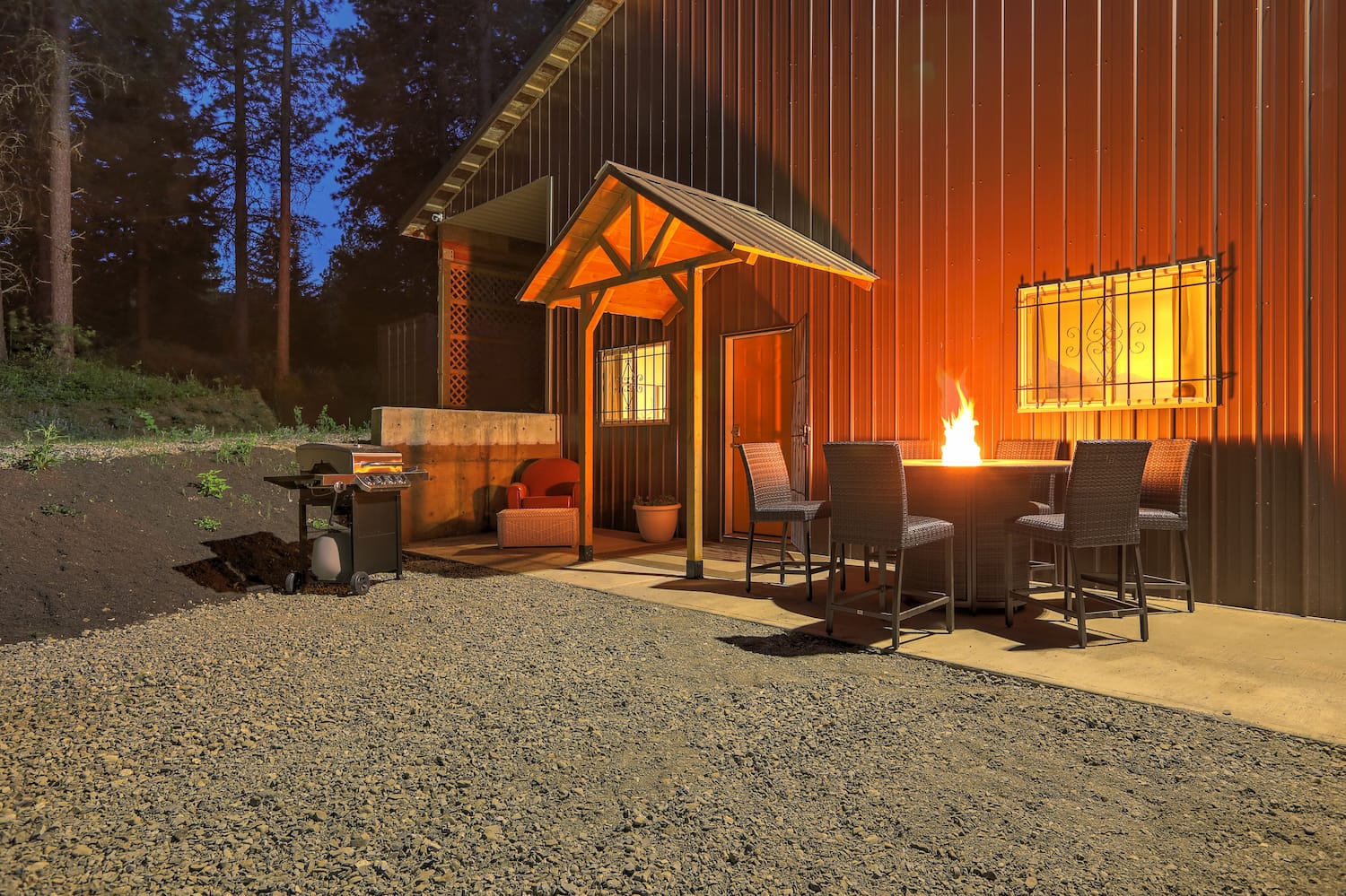Barndominium Repair and Maintenance: Maintaining Your Home in Leading Forming
Barndominiums Vs. Traditional Homes: a Detailed Comparison of Way Of Life and Capability
The decision in between barndominiums and conventional homes encompasses various factors, including lifestyle choices and functional needs. Barndominiums are defined by their open formats and flexibility, commonly appealing to those who focus on communal living and adaptability.
Review of Barndominiums
Barndominiums, a novel housing fad acquiring appeal across various areas, blend the rustic appeal of barn-style style with the functionality of modern-day living rooms. These one-of-a-kind frameworks typically consist of a steel or timber framework, integrating open layout and high ceilings with energy-efficient attributes. Usually located on expansive rural residential or commercial properties, barndominiums offer property owners the chance to appreciate a calm way of life while providing adequate area for numerous activities.
The versatility of barndominiums prolongs past their visual appeal; they can work as both living quarters and practical areas for leisure activities, workshops, and even little organizations. Their flexible style permits simple customization, accommodating varied household requirements and preferences. Numerous owners value the reduced maintenance demands linked with metal home siding and roof covering, adding to long-term durability.

Features of Standard Houses
Highlighting timeless layout and convenience, standard homes are defined by their distinct building styles, which often mirror historic influences and regional appearances. Usual functions include symmetrical facades, gabled roofings, and a focus on workmanship, causing a warm and inviting atmosphere.
Conventional homes commonly include components such as crown molding, wainscoting, and wood floor covering, boosting their timeless allure. They commonly include numerous areas with specified objectives, advertising family members communication while permitting personal privacy. website. The design commonly consists of official living and eating locations, which contribute to entertaining guests and hosting family gatherings
Exterior materials such as brick, timber, or rock are often utilized, adding to longevity and a feeling of durability. Barndominium repair. In addition, several typical homes are made with front verandas or stoops, cultivating a feeling of neighborhood and link with the area
Landscaping plays a substantial duty in traditional home design, with properly maintained gardens and pathways that enhance curb allure - click here. In general, conventional homes symbolize a sense of nostalgia and stability, appealing to those that value heritage and an extra organized living environment
Expense Comparison
Usually, an expense comparison between barndominiums and traditional homes discloses substantial distinctions in building expenses and overall financial investment. Barndominiums, usually created from metal or steel frames, commonly sustain lower material and labor prices than standard homes developed from wood and block. The streamlined style of barndominiums can translate to lowered building and construction times, additionally decreasing labor prices and accelerating occupancy.
On average, the price per square foot for a barndominium ranges from $100 to $150, while traditional homes can differ widely, typically dropping between $150 and $300 per square foot, relying on place, materials, and style complexity. This price difference makes barndominiums an appealing option for budget-conscious customers seeking bigger space without giving up high quality.
In addition, barndominiums may lead to long-lasting savings with reduced maintenance prices, power efficiency, and insurance policy rates. Their long lasting construction materials often need much less upkeep gradually contrasted to conventional homes. Nonetheless, it is necessary to take into consideration that while initial expenses may be lower for barndominiums, the last investment will likewise rely on individual personalization and wanted amenities, which can influence the total expenditure in both housing types.
Lifestyle and Space Considerations
When thinking about way of life and room, barndominiums supply an unique flexibility that interest a range of house owners. These hybrid frameworks integrate household coping with useful room, usually including open flooring plans that can be adapted to fit private requirements. This versatility is particularly advantageous for families or individuals looking for a tailored living setting, permitting varied usages such as home offices, workshops, or leisure areas.

Furthermore, the visual appeal of barndominiums can cater to both rustic and modern tastes, making them a functional option for numerous style choices (Barndominium builder). Inevitably, the option in between a barndominium and a conventional home usually depends upon just how well each choice straightens with the property owner's way of living goals and spatial requirements, highlighting the value of considering personal top priorities in the decision-making process
Environmental Influence and Sustainability
The environmental effect and sustainability of barndominiums existing compelling advantages contrasted to typical like it homes. Mainly built from steel and various other resilient materials, barndominiums are usually built utilizing recycled resources, lowering the need for new materials and lessening waste. Their layout normally stresses open spaces, which can result in reduced power intake for heating and cooling compared to standard homes with even more fractional formats.
Moreover, barndominiums can integrate sustainable functions such as photovoltaic panels, rain harvesting systems, and progressed insulation strategies, boosting their energy efficiency. The flexibility of their style enables house owners to incorporate these modern technologies extra flawlessly than in lots of typical homes, which might call for considerable retrofitting.
In addition, barndominiums usually call for less sources for building and construction as a result of their easier, a lot more effective styles. This not only lowers the carbon footprint connected with structure yet additionally adds to an extra lasting way of life. In comparison, traditional homes might entail higher levels of power expense and resource use throughout their lifecycle, from construction to upkeep. On the whole, barndominiums stand for a forward-thinking method to sustainable living, straightening with modern ecological concerns.
Final Thought
In summary, the selection between barndominiums and standard homes hinges on private lifestyle choices and functional needs. Barndominiums, with their open layouts and lasting products, cater to those looking for flexibility and common living.